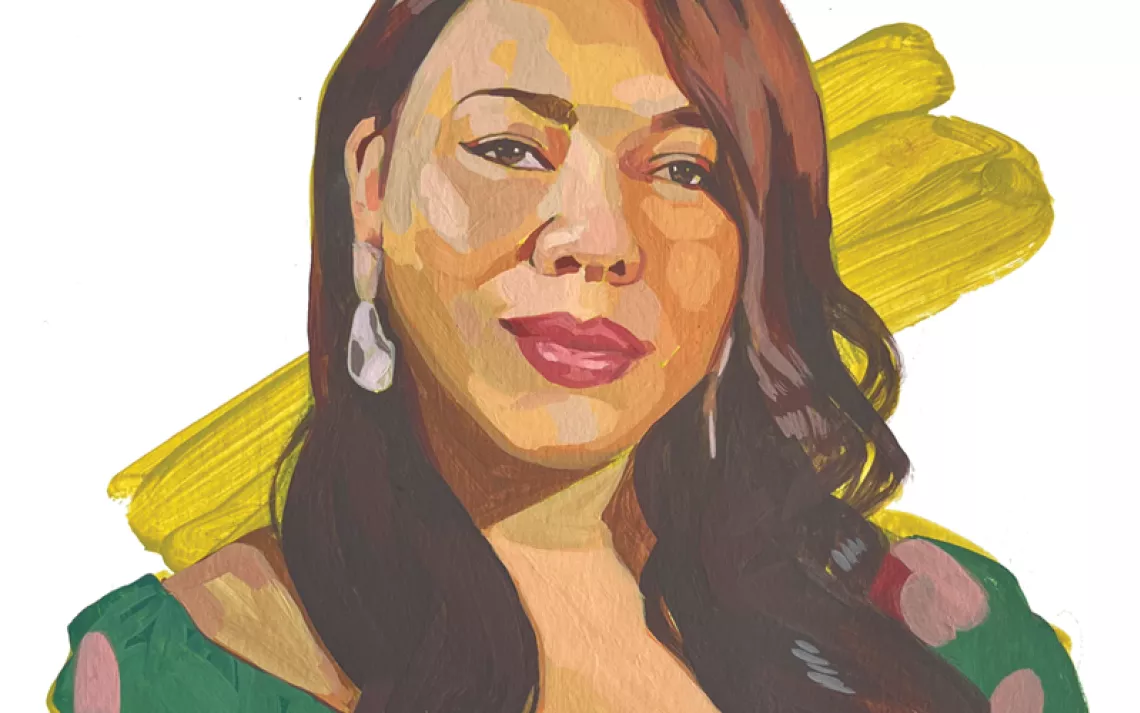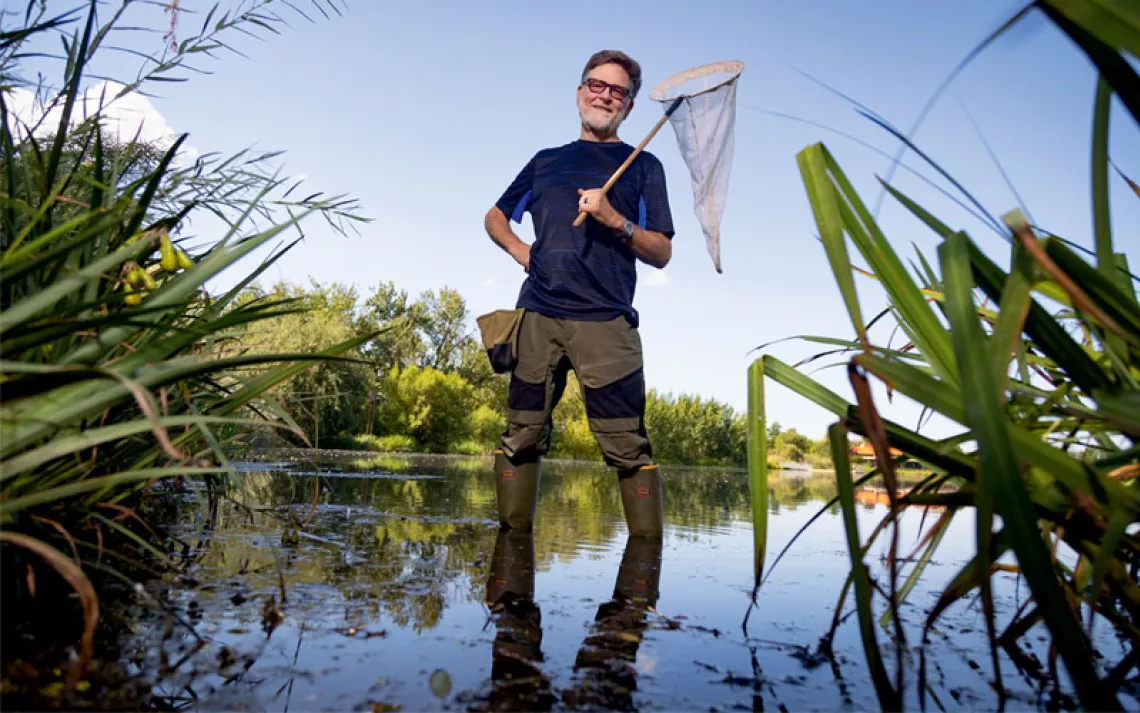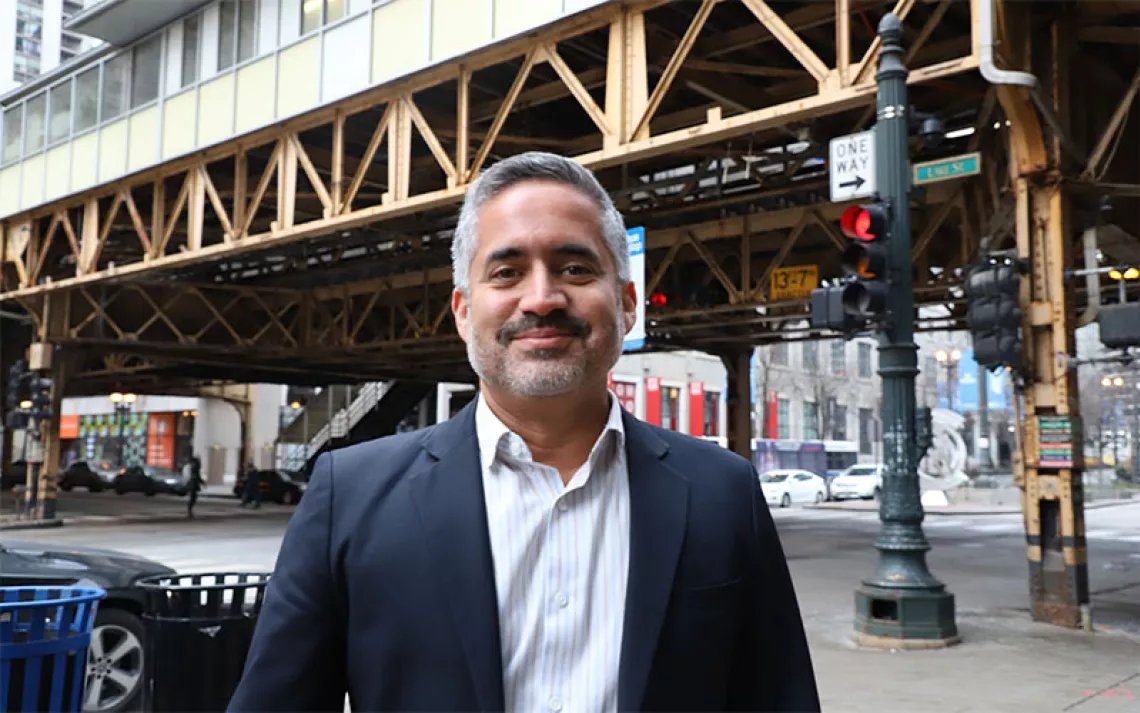Occupy the Sierra Club!
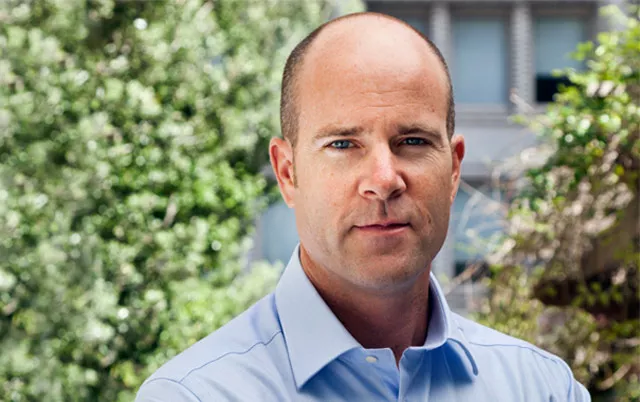
Photo by Henrik Kam
Are you worried about the future? Do you feel like our politicians and institutions are failing to respond to the world's urgent problems?
Here's some good news: You don't have to wait for them. You can have at your command one of the largest, most powerful social-change engines in the world: the Sierra Club. But to put it to work, you need to make it your own. You need to occupy the Sierra Club.
Amy Meyer occupied the Club and used it to create a national park.
In 1970, Meyer, a San Francisco mom, went to a meeting of her local Sierra Club chapter. She didn't know a single person there. One of many items to be discussed that night was a plan by the U.S. General Services Administration to build a gigantic archives building on the magnificent, federally owned headlands overlooking San Francisco's Golden Gate. Meyer had already heard about the plan at a neighborhood meeting. None of her neighbors liked the idea, but no one seemed to know what could be done.
As the Club meeting was ending, someone said, almost as an afterthought, "What about the archive building?" At first, there was silence. Then Meyer heard herself say, "I'll look into it."
Meyer's only prior experience in activism had been stuffing envelopes for political candidates, but the chapter was happy to help her get started. Within days she learned that the coastal site in question was also part of a proposal for a new park, and soon found herself at the center of the drive to create what became the Golden Gate National Recreation Area. Now 80, Meyer is still raising hell to defend the park from development threats.
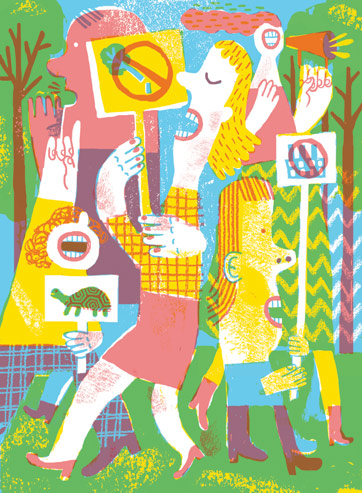
Meyer's story is exceptional but far from unique. Throughout the history of the Sierra Club, successive generations of young activists have occupied it, reinvented it, and used it to do great things. Kim Richards in New Hampshire got the Club to convince the EPA to investigate pollution from nearby coal plants, while Kathy Lacey in New Jersey used it to save locally endangered terrapin. In Puerto Rico, after hearing about a proposal for an incinerator that would burn thousands of tons of trash per day in her town, Jessica Seiglie Quinones took a 14-week Sierra Club grassroots-organizing course and started what is now an island-wide zero-waste campaign.
Meyer, Richards, Lacey, and Quinones understood that the Club isn't just another nonprofit. It's an engine of change. And it's at your disposal.
There are a thousand ways for you to engage it. You can attend public hearings, cleanups, or rallies. You can take a bunch of kids on their very first hike. You can fight for clean energy in your hometown. If you want more parks and wilderness, find some like-minded folks and put yourselves in charge.
I challenge you to go even further, though. This is a bottom-up organization. We were grassroots before the word was coined—it's in our DNA. But like any organism, the Club needs to keep evolving and adapting. Do you want to see new tactics, new faces, new languages, new goals? You can make it happen.
So whether you're a student or a grandparent, a fifth-generation native or a newcomer to this country, this is your Club. It's the largest democratically run grassroots environmental organization on the planet. Become a member, and you have a say in electing our board of directors. Become an activist, and use the Sierra Club brand to fight for clean energy and a healthy democracy and to protect the land and wildlife in your backyard. Volunteer, run for a Club office, or just go on an outing to explore our wild America. Come occupy the Sierra Club—and make it your own.
 The Magazine of The Sierra Club
The Magazine of The Sierra Club
